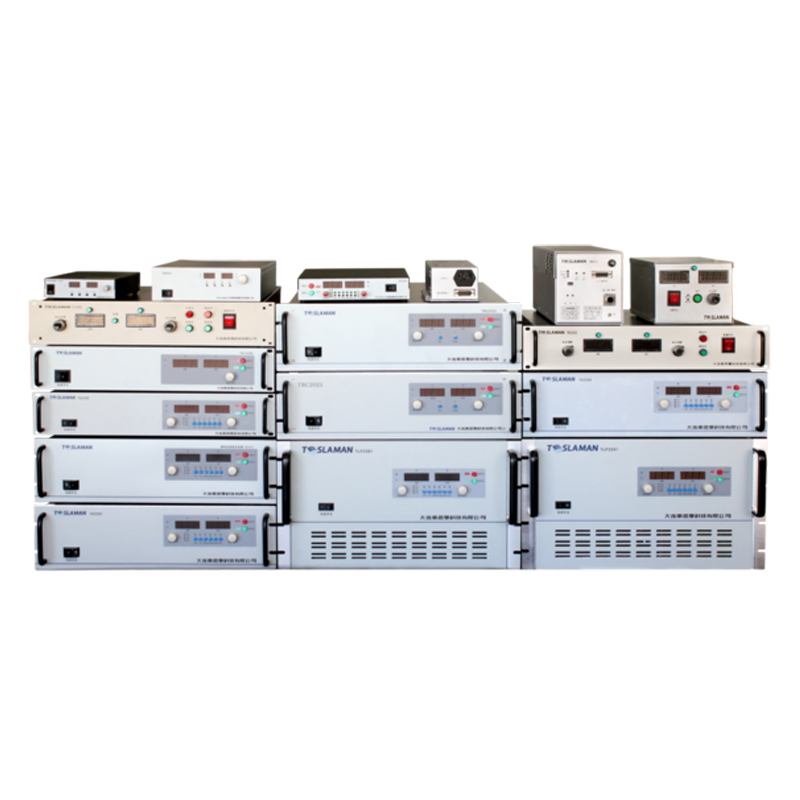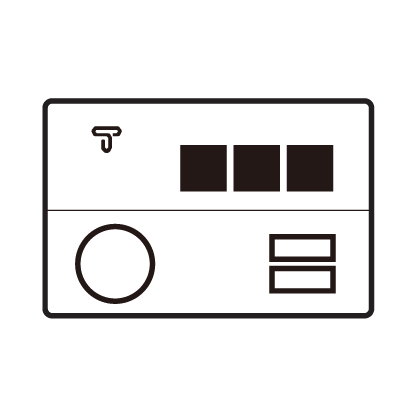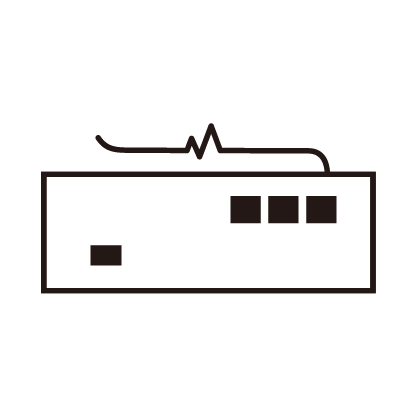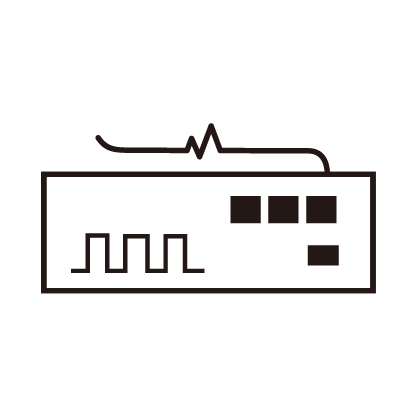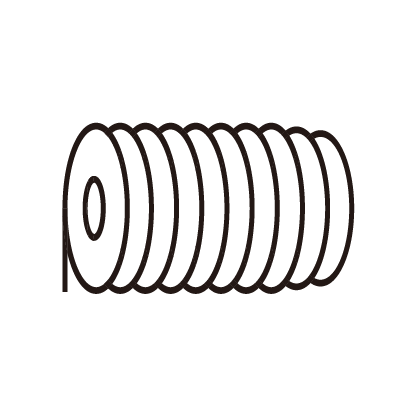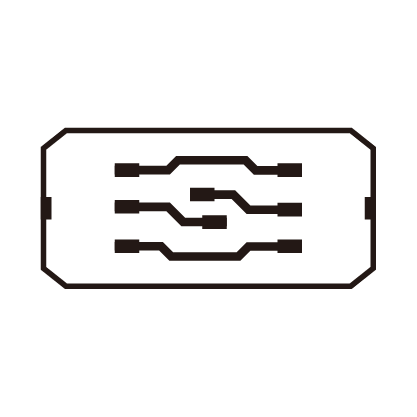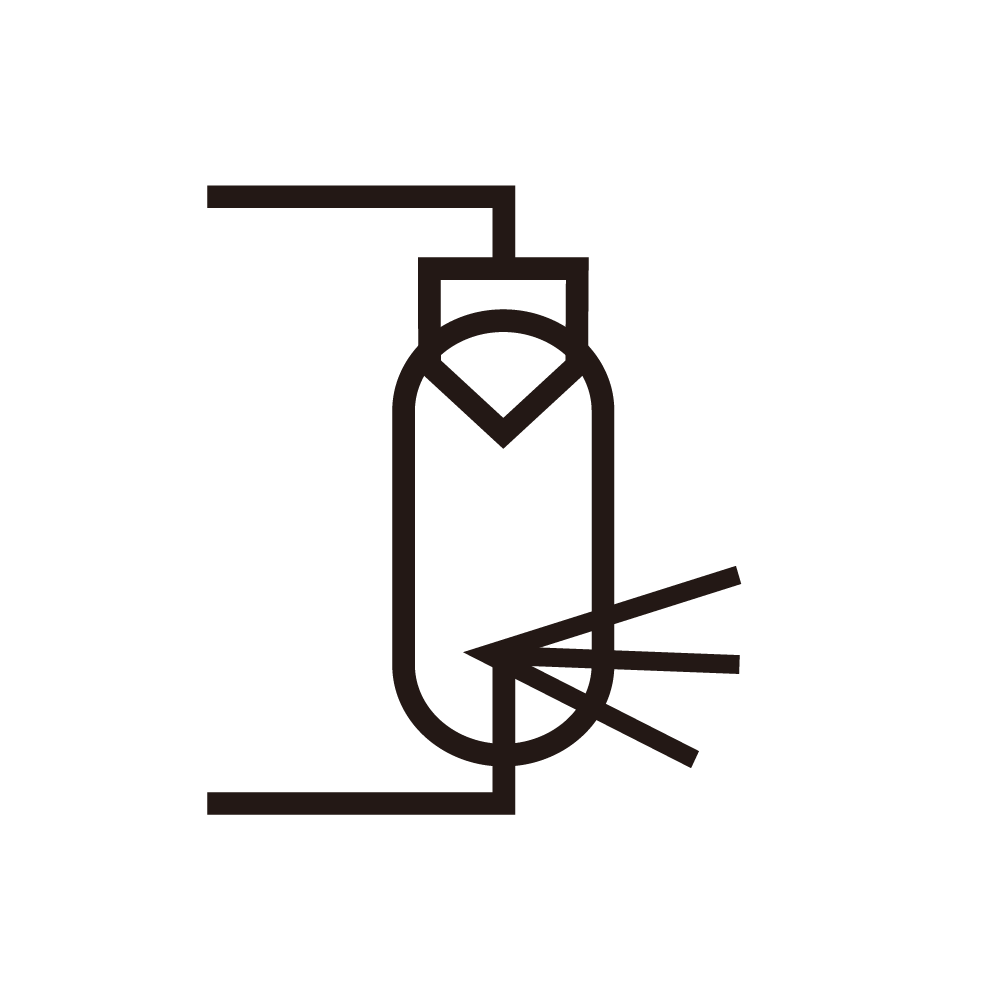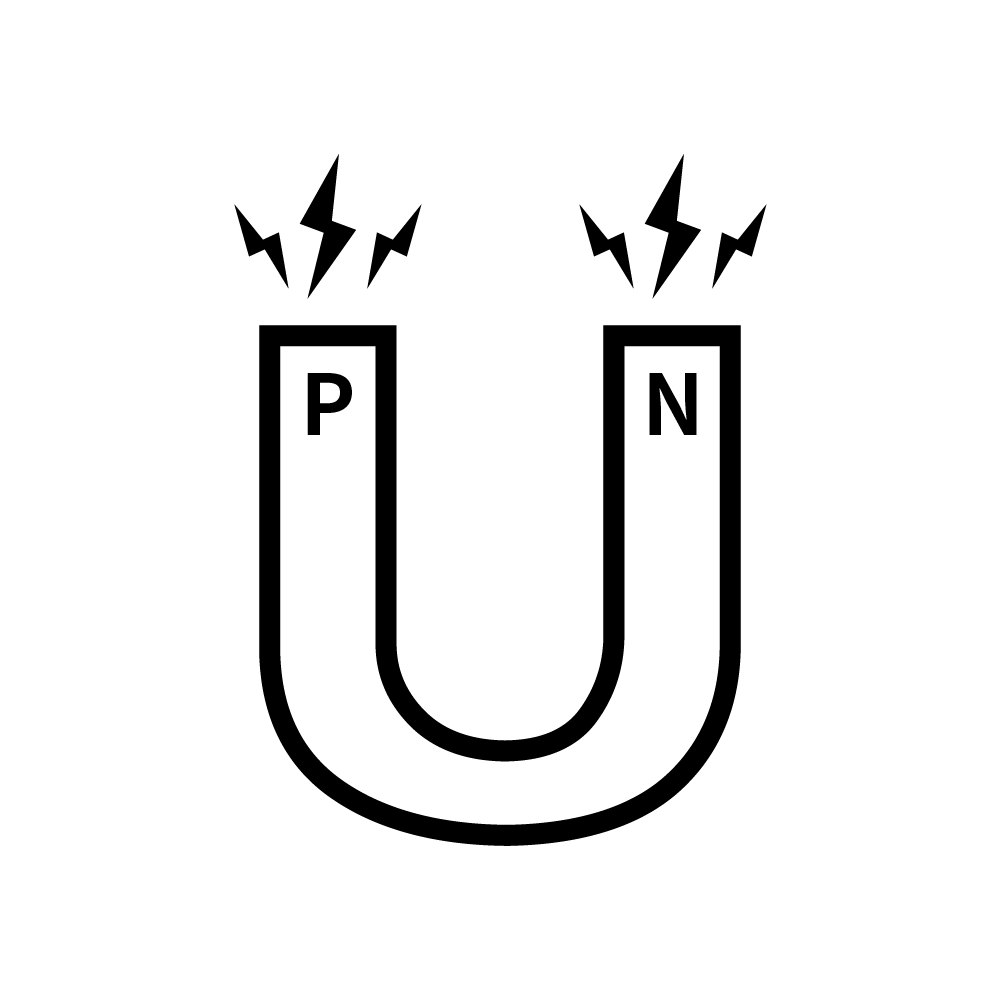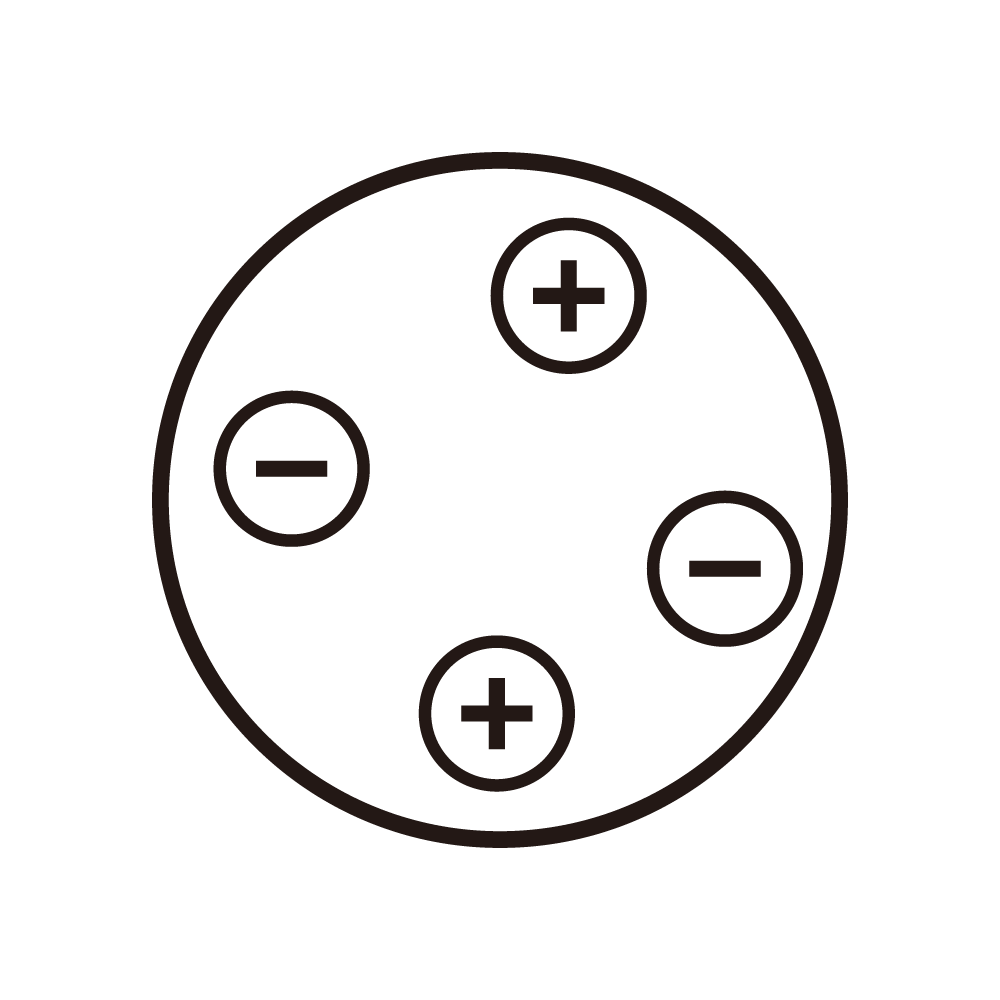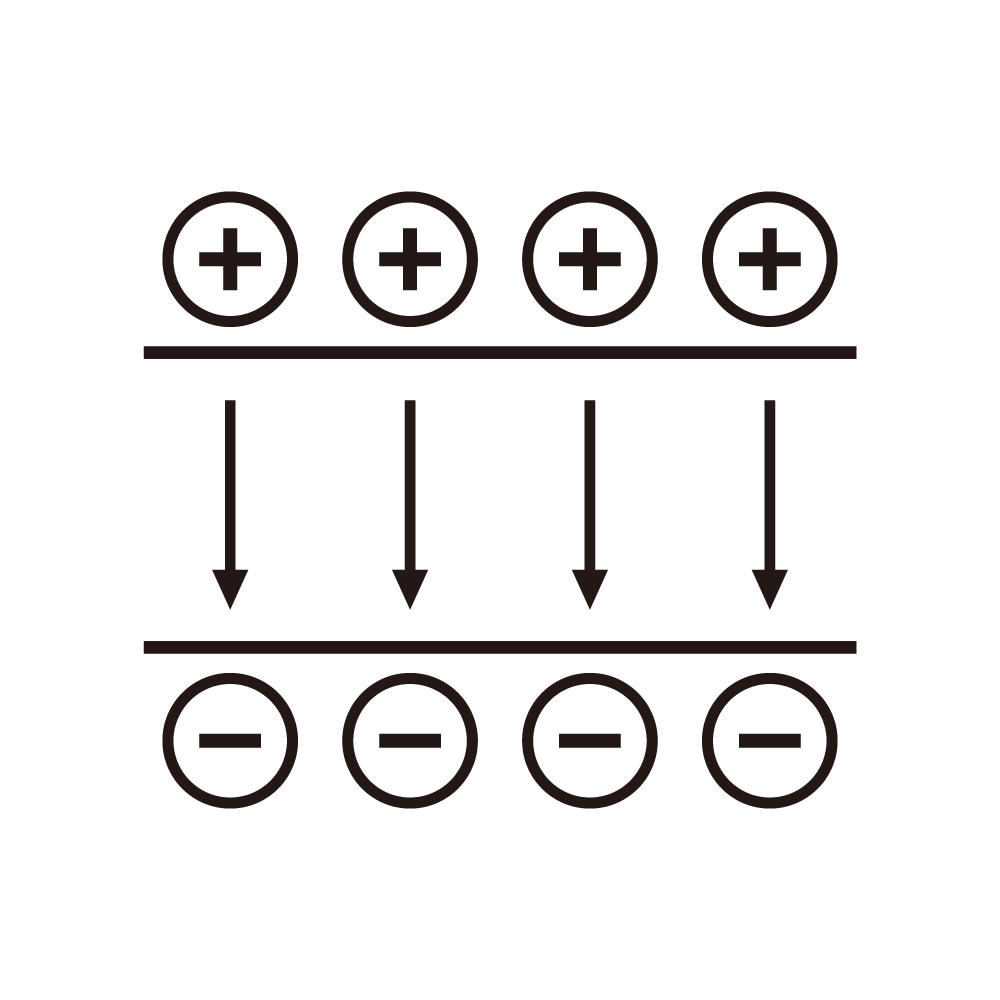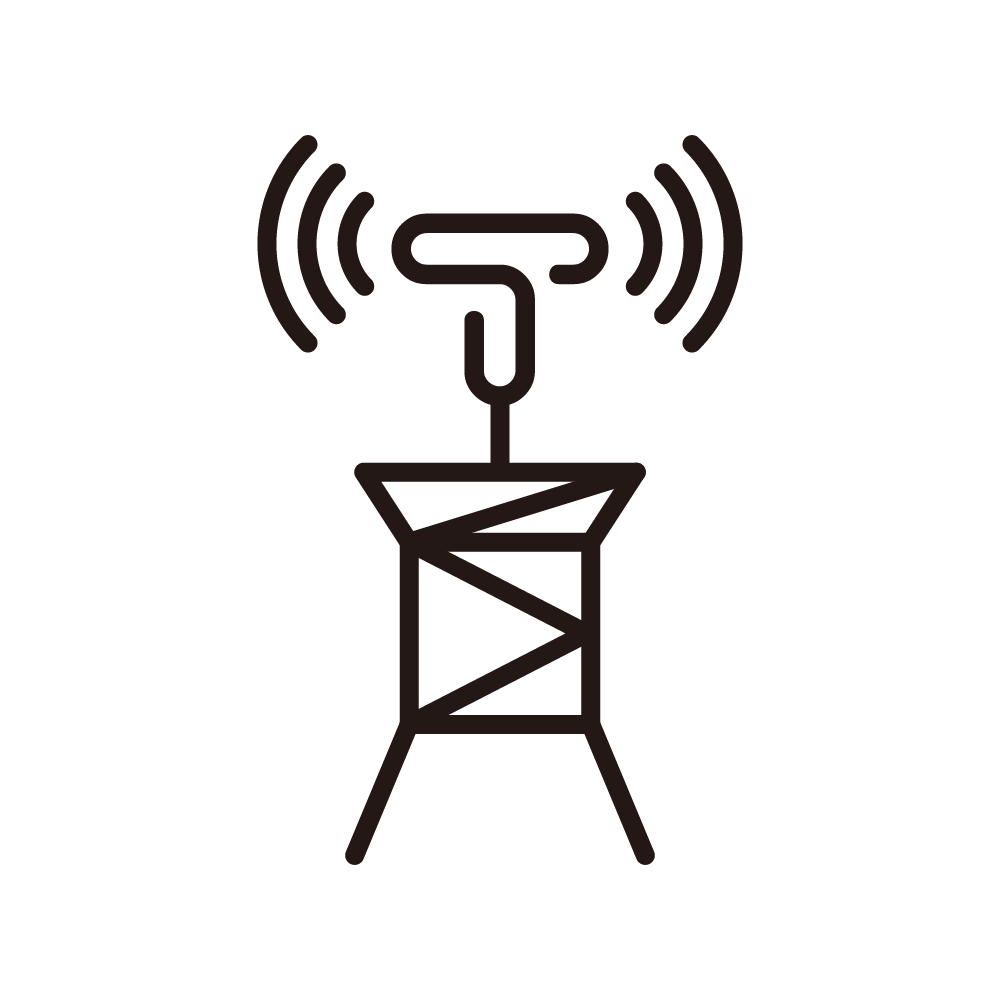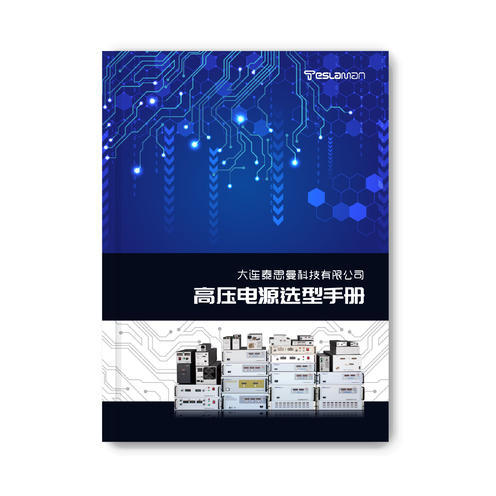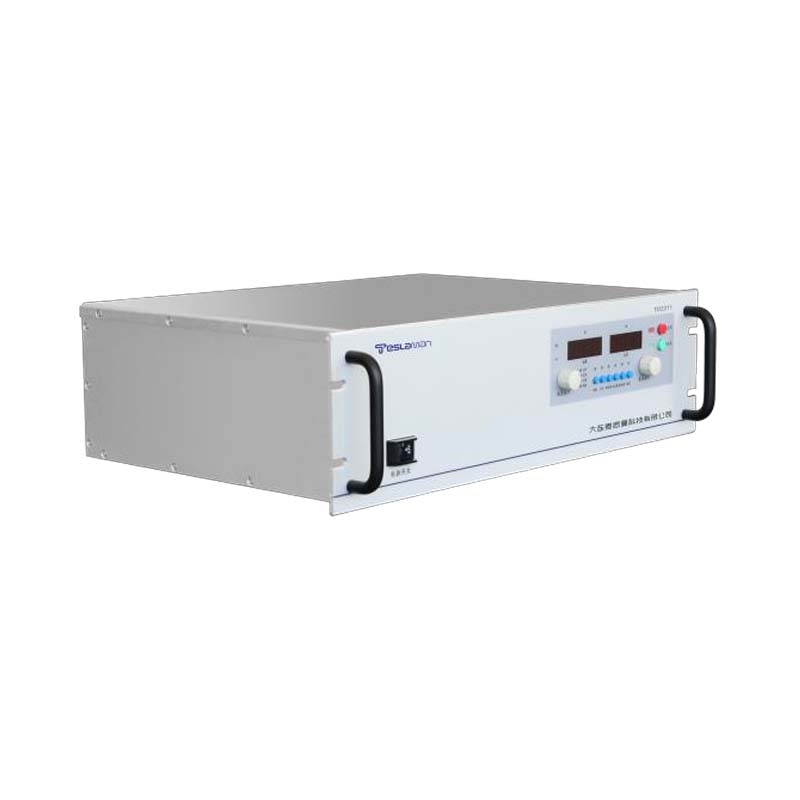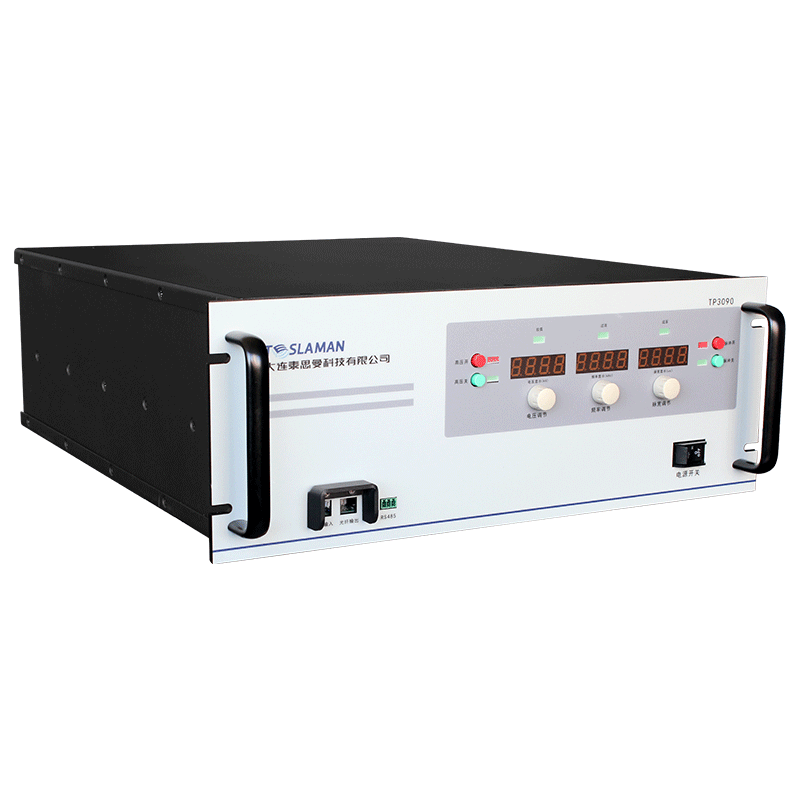Application of Composite Filtering Techniques for Ripple Suppression in High-Power Regulated Power Supplies
In high-power regulated power supplies, output voltage ripple and noise directly impact sensitive loads and overall performance. Because ripple contains both low-frequency components (due to rectification) and high-frequency components (from switching transitions), a single filter type is usually insufficient. Composite filtering combines passive and active filters to achieve wideband ripple suppression.
A typical composite filter starts with a main LC or π-type passive filter to attenuate low-frequency ripple. The inductor and capacitor values are chosen to achieve a corner frequency below the switching frequency while maintaining stability. A damping resistor or RC snubber can be added to suppress resonance peaks caused by LC interactions.
To suppress high-frequency components, multilayer ceramic capacitors with low ESR and ESL are placed near the output terminals. Common-mode chokes or EMI filters further reduce conducted noise returning to the power line.
Active filters complement passive filters by dynamically cancelling ripple through feedback. An operational amplifier senses the residual ripple and injects an inverse-phase correction current into the output node. Active filters offer high attenuation in the kHz-to-MHz range without requiring bulky components. However, their bandwidth and stability must be carefully tuned to prevent oscillation.
Adaptive filtering can be implemented in digital power systems. By analyzing real-time ripple spectra, the system adjusts filter parameters such as damping coefficients or active filter gain to maintain optimal suppression under varying load conditions.
The integration of filters with control loops requires careful impedance matching. The output impedance of the composite filter should not interfere with the feedback control loop. Placement of resonant frequencies away from the control loop crossover frequency prevents phase interaction and instability.
In high-voltage, high-current systems, thermal management and component selection are equally critical. Power inductors must withstand high currents without saturation, and capacitors must handle high ripple currents. Film capacitors or polypropylene capacitors are preferred for their low loss and long lifespan.
By combining multiple filtering techniques—low-frequency LC filtering, high-frequency bypassing, common-mode filtering, and active compensation—ripple amplitude can be reduced to millivolt levels, ensuring clean and stable output for demanding applications.
